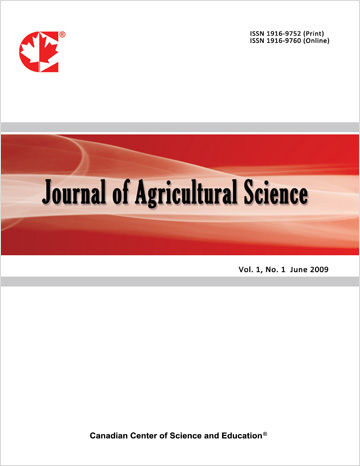Influence of Rice Rotation Systems on Soil Nematode Trophic Groups in Arkansas
- Martin Matute
- Merle Anders
Abstract
The effects of crop rotation sequences and combinations on soil nematode populations were investigated. Tillage versus non-tillage treatments were applied to crop rotation sequences dominated by flooded rice in a split plot design. The rotated crops were rice, soybean, and corn, including a fallow for a total of eight rotation treatments. All nematode feeding groups were recovered i.e bacterial feeding-, fungal feeding-, plant feeding-, carnivorous-, and omnivorous- nematodes. A total of 24 nematode genera in 20 families were identified and categorized into their respective trophic groups and colonizer persister (cp) values. All rotations that included soybean significantly (P<0.05) or numerically increased soil nematode populations, irrespective of trophic groups, while all rotations that included rice and corn, had a nematode reductive effect. No-tillage plots recorded significantly higher populations of the predatory nematodes. The effectiveness of a rotation sequence depends primarily on the crop species and secondarily on soil conditions e.g anaerobic.- Full Text:
 PDF
PDF
- DOI:10.5539/jas.v4n2p11
Journal Metrics
- h-index: 67
- i10-index: 839
- WJCI (2023): 0.884
- WJCI Impact Factor (2023): 0.196
Index
- AGRICOLA
- AGRIS
- BASE (Bielefeld Academic Search Engine)
- Berkeley Library
- CAB Abstracts
- ChronosHub
- CiteSeerx
- CNKI Scholar
- Copyright Clearance Center
- CrossRef
- DESY Publication Database
- DTU Library
- e-Library
- EBSCOhost
- EconPapers
- Elektronische Zeitschriftenbibliothek (EZB)
- EuroPub Database
- Excellence in Research for Australia (ERA)
- Google Scholar
- Harvard Library
- IDEAS
- iDiscover
- Jisc Library Hub Discover
- JournalTOCs
- KindCongress
- LIVIVO (ZB MED)
- LOCKSS
- Max Planck Institutes
- Mendeley
- MIAR
- Mir@bel
- NLM Catalog PubMed
- Norwegian Centre for Research Data (NSD)
- Open J-Gate
- OUCI
- PKP Open Archives Harvester
- Polska Bibliografia Naukowa
- Qualis/CAPES
- RefSeek
- RePEc
- ROAD
- ScienceOpen
- Scilit
- SCiNiTO
- Semantic Scholar
- SHERPA/RoMEO
- Southwest-German Union Catalogue
- Standard Periodical Directory
- Stanford Libraries
- SUDOC
- Swisscovery
- Technische Informationsbibliothek (TIB)
- Trove
- UCR Library
- Ulrich's
- UniCat
- Universe Digital Library
- WorldCat
- WRLC Catalog
- Zeitschriften Daten Bank (ZDB)
Contact
- Anne BrownEditorial Assistant
- jas@ccsenet.org
